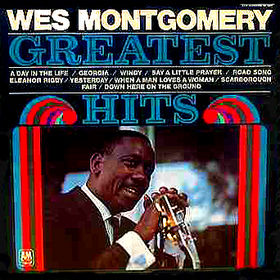It is on all of the SP-424x Greatest Hits series albums except for the Tijuana Brass. So this would include Brasil '66, Baja Marimba Band, Sandpipers and Wes Montgomery. The Foursider album series was untouched, as were any subsequent compilations over the years.
This series:




This series:






 Actually, it would be interesting to hear as it may give us insight as to how the original CSG unit worked (IOW, if the effect is similar, or somehow different).
Actually, it would be interesting to hear as it may give us insight as to how the original CSG unit worked (IOW, if the effect is similar, or somehow different).
